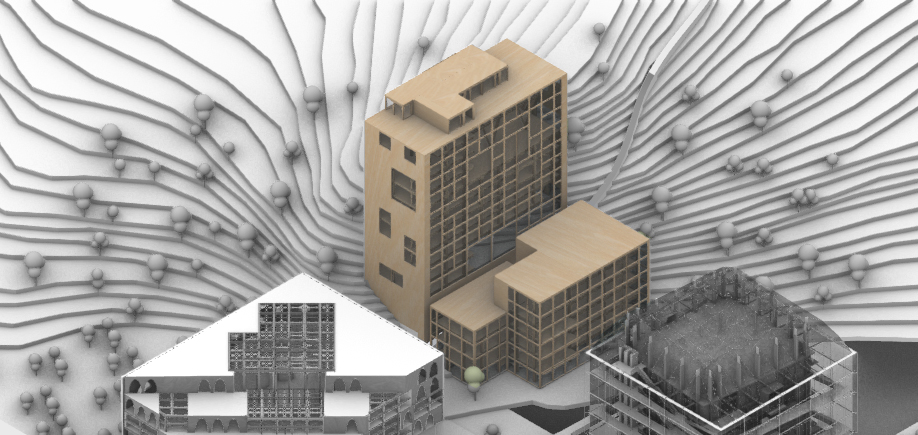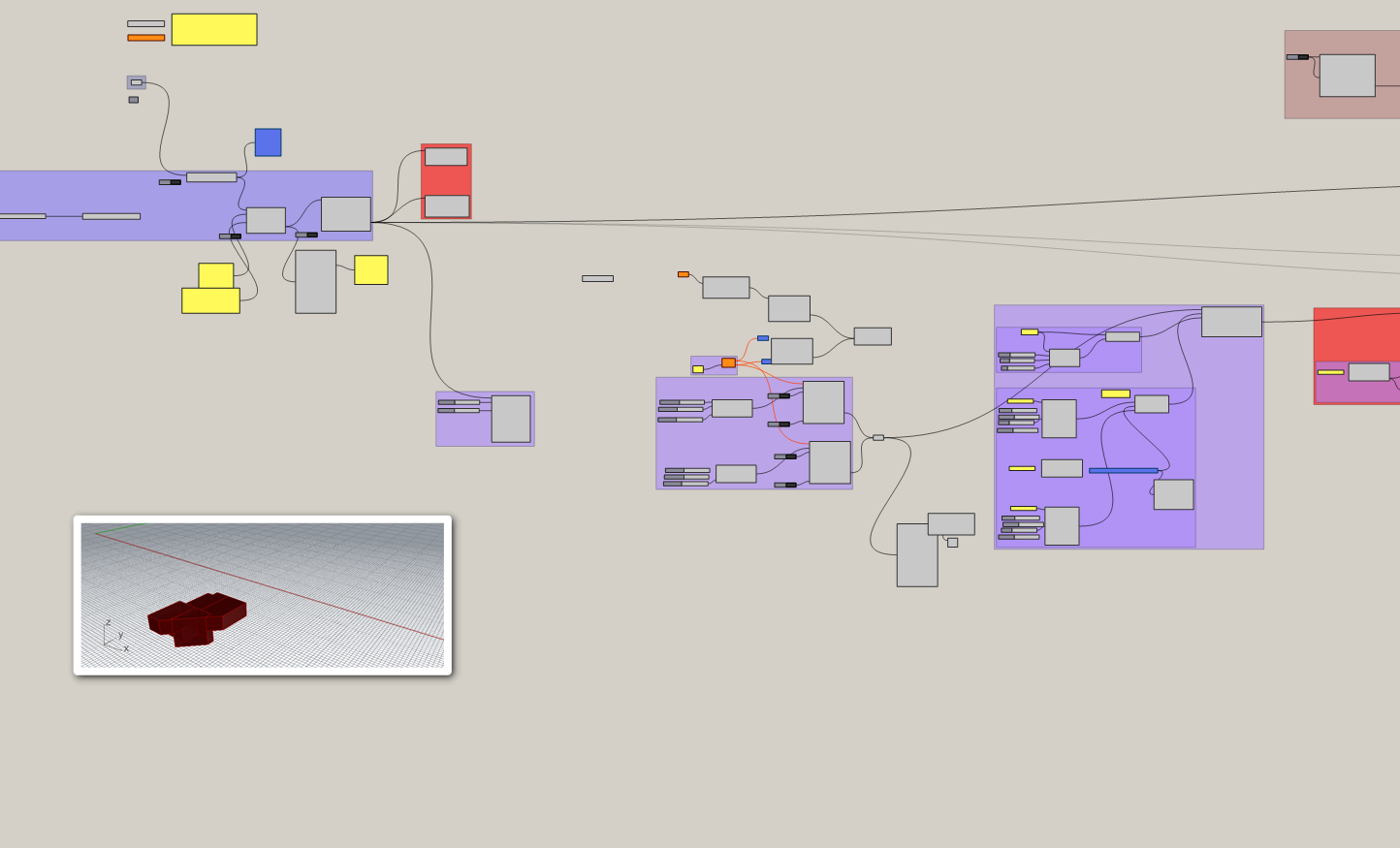MO.CA | material production
This years Material Production started after the final design for the prototype was chosen and ran parallel to the further development of the design. The main goals were: – to monitor the amount, humidity and density of the locally sourced aleppo pine wood – to simulate production flows in the workshop (tools and time needed, … Read more





